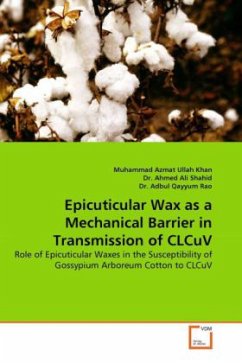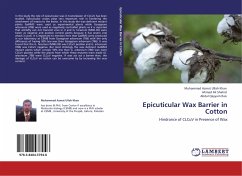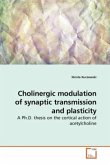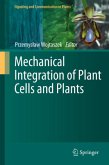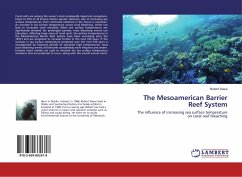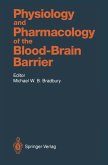Epicuticular waxes plays very important role in hindering the attachment of insects to the leaves. It was hypothesized that wax act as mechanical barrier in transmission of CLCuV. Present book contain the study of the wax deficient mutant plants GaWM3 (50 % less wax than G. arboreum) were used as experimental plants while Gossypium arboreum (786) were used as negatively controlled plants as it is reported that whitefly can not transmit virus in it and G. hirsutum (MNH-93) were taken as negative and positive control plants because it has severe viral attack in past. After extracting DNA, RCA techniques was used to increase the quantity of CLCuV genome. For further conformation RCA product was used as template for CLCuV primer specific PCR. It was found that the G. hirsutum (MNH-93) was CLCuV positive and G. arboreum (786) was CLCuV negative. But most strikingly the wax deficient GaWM3 mutant plants which contain 50% less than G. arboreum (786) wax were CLCuV positive. Thus it is concluded that the wax act as a mechanical barrier in transmission of CLCuV and wax gene can be introduced to make CLCuV resistant crop.
Bitte wählen Sie Ihr Anliegen aus.
Rechnungen
Retourenschein anfordern
Bestellstatus
Storno

